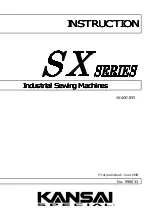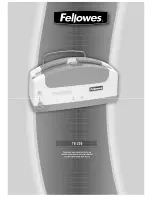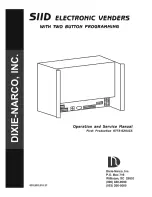
UTILITY STITCHES
————————————————————————————————————————————————————————————————————
78
Bar tack stitching
Bar tacks are one type of reinforcement stitching
used to strengthen points subject to strain, such as
pocket corners and openings.
As an example, the procedure for sewing bar tacks at
pocket corners is described below.
a
Determine the desired length of the bar tack.
Set the button guide plate on buttonhole foot
“A” to the desired length. (The distance
between the markings on the presser foot scale
is 5 mm (3/16 inch).)
a
Presser foot scale
b
Length of bar tack
c
5 mm (3/16 inch)
b
Turn on the machine.
c
With the pattern selection dial,
select stitch
.
d
Attach buttonhole foot “A”.
• For details, refer to “Replacing the presser
foot” (page 33).
e
Pass the upper thread down through the hole
in the presser foot, and then pull it under the
presser foot, as shown.
f
With the opening of the pocket toward you,
position the fabric so that the needle drops 2
mm (1/16 inch) in front of the pocket
opening, and then lower the presser foot
lever.
a
2 mm (1/16 inch)
Note
●
When lowering the presser foot, do not
push in the front of the presser foot,
otherwise the bar tack will not be sewn with
the correct size.
a
b
c
a
Summary of Contents for NS-40
Page 6: ...5 ...
Page 89: ...UTILITY STITCHES 88 ...
















































